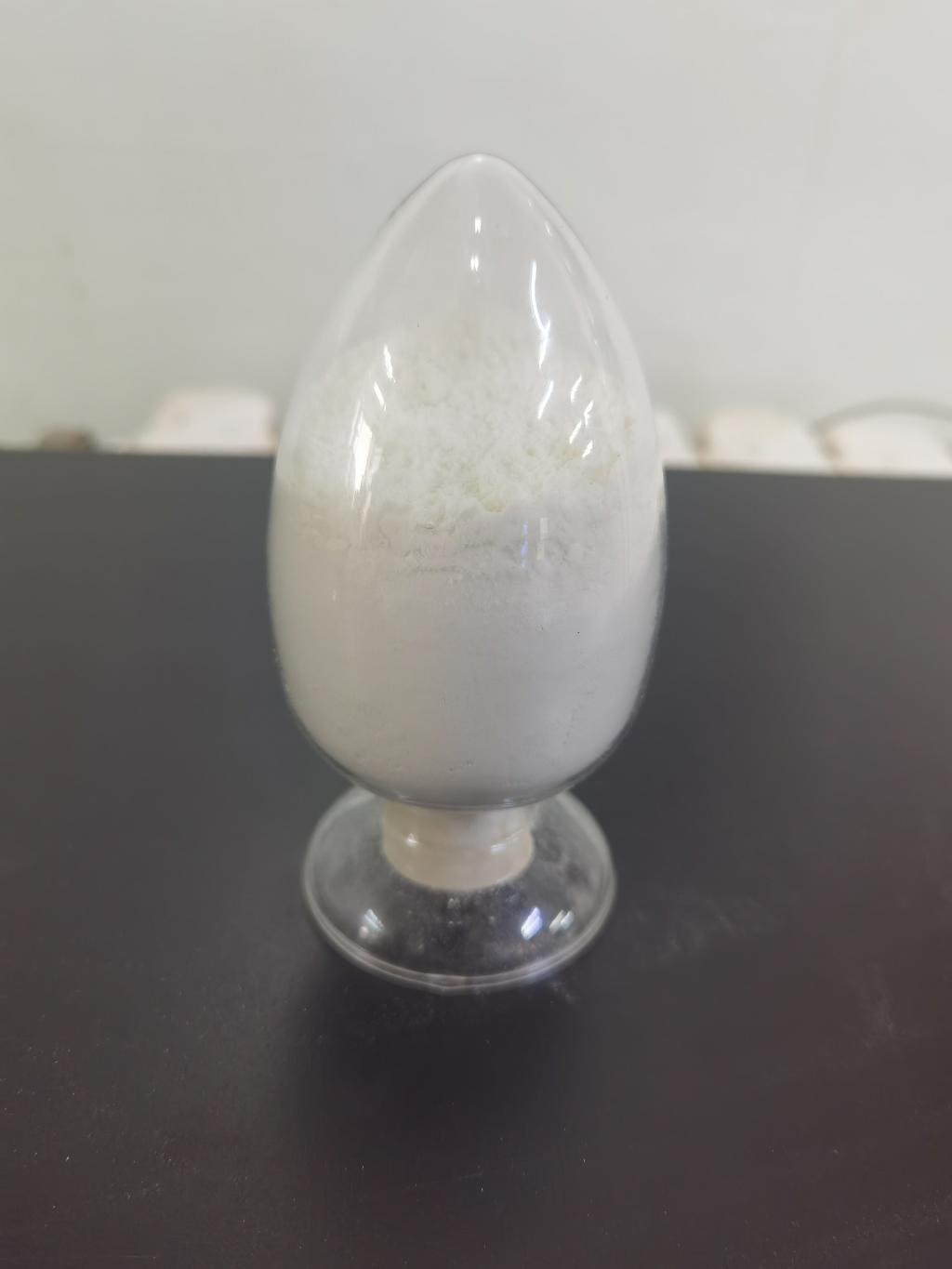Tel:0086 18231198596

News
ε-Polylysine Hydrochloride: Nurturing Collaborations in the Food Industry for Safer Products
TIME:2023-12-18
1. Introduction: The Imperative of Collaboration in the Food Industry
The food industry is undergoing a transformative shift, with a heightened focus on safety and quality. Collaboration among stakeholders, from producers to researchers, is crucial to addressing the complex challenges in ensuring that food products meet the highest standards. This section introduces the concept of collaborative efforts and sets the stage for exploring the role of ε-polylysine hydrochloride in this context.
2. ε-Polylysine Hydrochloride: A Collaborative Ally in Food Safety
Derived from natural fermentation processes, ε-polylysine hydrochloride embodies the essence of collaboration between science and nature. An overview of its properties and mechanisms of action establishes it as a collaborative ally in the pursuit of safer food products.
3. Mechanisms of Action: Understanding ε-Polylysine's Collaborative Approach
This section delves into the specific mechanisms through which ε-polylysine hydrochloride collaborates with food products. From its interaction with bacterial cell membranes to its ability to inhibit spoilage and pathogenic microorganisms, a comprehensive understanding of ε-polylysine's collaborative actions is essential.
4. Collaborative Applications: ε-Polylysine in Diverse Food Products
The versatility of ε-polylysine hydrochloride allows for collaborative applications across a spectrum of food products. This section explores how it can be integrated into various matrices, including dairy, meat, baked goods, and beverages, showcasing its potential to collaborate with different ingredients and processes.
5. Collaborative Research: Advancing Knowledge for Industry-wide Impact
The collaboration extends to research efforts aimed at unlocking the full potential of ε-polylysine hydrochloride. This section explores collaborative research initiatives, emphasizing the importance of shared knowledge and findings for the industry's collective benefit.
6. Collaboration in Supply Chains: Ensuring Accessibility and Quality
The journey of ε-polylysine hydrochloride from production to application involves multiple stakeholders in the supply chain. This section examines collaborative efforts within supply chains to ensure the accessibility and quality of this natural preservative, highlighting the importance of transparent communication and shared goals.
7. Regulatory Collaboration: Navigating Approvals and Compliance
The integration of ε-polylysine hydrochloride into the food industry requires collaboration with regulatory bodies. This section navigates the landscape of approvals, addressing the collaborative considerations and standards associated with the use of ε-polylysine in different regions.
8. Collaborative Solutions to Food Safety Challenges
Food safety challenges are multifaceted, requiring collaborative solutions. This section discusses how ε-polylysine hydrochloride can be part of collaborative strategies to address specific challenges, including microbial contamination, shelf life extension, and the reduction of synthetic preservatives.
9. Collaborative Education: Empowering Industry Professionals
Educating industry professionals about the benefits and applications of ε-polylysine hydrochloride is a collaborative endeavor. This section explores collaborative education initiatives, emphasizing the role of training programs, workshops, and knowledge-sharing platforms in empowering professionals to integrate this natural preservative effectively.
10. Future Collaborations: Charting the Course Ahead
In conclusion, ε-polylysine hydrochloride emerges as a catalyst for future collaborations within the food industry. Its collaborative potential spans research, applications, supply chains, regulatory compliance, and education. As the industry navigates the complexities of ensuring safer products, ε-polylysine stands as a beacon for collaborative efforts that hold the promise of transforming the landscape of food safety and quality. Future collaborations will be pivotal in unlocking the full potential of this natural preservative and shaping a future where safer, healthier, and more sustainable food products are the norm.

 CONTACT
CONTACT




